Agressive Natives to Suppress Invasive Species
loris
2 years ago
Featured Answer
Sort by:Oldest
Comments (17)
cyn427 (z. 7, N. VA)
2 years agoloris
2 years agoRelated Discussions
short shade tree with non invasive roots
Comments (18)Roots can extend outward about 2 to 3 times the distance from the trunk that the canopy does, it is said. So if your 15 foot specification is based on the septic tank distance, consider that. I believe I read an online article on a 'Thundercloud' purple-leaf plum chronicling a woman's experience with it, and I think it produced that sticky crud due to aphids on things underneath; might want to check whether that's a common problem. I'd almost be leery of most anything 'maple' near a septic tank. When you say a taller tree is okay if it doesn't get over 15' wide, are you walking radius (from the trunk) or diameter (of the whole canopy)? Richard....See MoreNeed an overall 'natives' strategy (Michigan)
Comments (9)MaryLiz: Sounds like an exciting project - you sound like you have a lot of great information already, and a plan of action. Here are some thoughts and suggestions based on my limited experience on a very small plot in eastern Mass. (1) I used John Diekelmann's Natural Landscaping: Designing with Native Plant Communities as my guide. Although some of it was over my head, I found dozens of useful points, plus lists of plants in the back, categorized by type of community (oak-hickory forest, mesic grassland, savanna, etc.). But I also took the advice of the book (and folks at GardenWeb) and learned about the native plants that actually live in my area now. I did this by using field guides and by exploring natural areas (state parks, etc.) to identify what was living in sites similar to mine. (2) As for your book's philosophy that non-invasive aliens are 'bad' too, I feel like that's a matter of semantics. The irises in my front yard non-native garden aren't actively 'bad' for the environment, but they don't do much good either (although you'd be surprised how many native insects and birds enjoy feasting on non-native plants). But for me the more important question is, what plants and animals have evolved together over thousands of years to form a community? These species have slowly pieced together a multi-faceted mosaic with countless connections and interrelationships. There are no places in the mosaic to fit non-native plants and animals - they fit into other mosaics, other communities, where they have evolved, usually far away from here. So one way of native plant gardening (and it is only one of many ways - your way is another) is to plant only those species that are part of the community that you've identified as native to your area and your site conditions. Then, the frustrating part is finding places that sell the plants you identified. (3) As for 'select aliens', I would ask around in the various GardenWeb forums covering your desired landscape type. Woodlands and Meadows & Prairies are two good ones. Folks there will probably steer you to natives, but you'll probably be able to get some advice about aliens/exotics that will behave themselves in among the natives. I've never heard of an invasive hosta, for example (watch someone prove me wrong!). Best of luck, wd...See MoreWhat to do after removing Invasives
Comments (8)achang89, I have been removing invasives both from my property and as a volunteer for our local park district. I have lead crews to remove invasives from several local parks. For invasives that propagate by seed, it may take 2-5 years to clear an area. I have been pulling blackberries from my forested land for 4 years now. I did not spray a weed killer, because I have native plants that I want to keep. Of course, I have deer who are now browsing the multiflora roses that I cut down from 15 feet to 3 feet high. You may want to plant native shrubs and nuture them to fill in some of the open space. Why? Well, plants engage in "warfare" in the root zone. It's just possible that what you plant will suppress the growth of the invasive plants. I have already planted many native plants with the hope that they will fill in the space. And I have noticed that the birds are very happy to have new cover. If you are working in a forested area, you may find that once you remove the invasives, the land is pretty barren. What I have been doing is making small piles of branches (noninvasive stuff) and wood that can serve as shelter for wildlife. Of course, it isn't landscaping or artistic, but I'm trying to restore the forest understory. I also have many native blackberries in bloom now. Good luck to you......See MoreIs Milkweed Invasive?
Comments (30)I am an ecologist working in the Fingerlakes region. We perform a wide array of invasive plant control to restore native habitats. Although Common, Swamp, and Butterfly Milkweed are agressive and very quick to spread, they are not ever considered invasive in most of the United States. People can often label "weedy" and "undesirable" plants as invaeive just because they do not like them. A plant thay it considered invasive is usually non-native and has no real ecological value. That being said, there are many actually invasive plants in the Milkweed family. Please do not ever plant Climbing Milkweed. Pale and Black Swallowart are also in the milkweed and are considered highly invasive. You may see many butterflys on these plants, such as Monarchs, but the Monarch larvae cannot eat the leaves of these types of Milkweed and will die. Please DO NOT plant them!...See Morecyn427 (z. 7, N. VA)
2 years agoloris
2 years agobeesneeds
2 years agoloris
2 years agodavidrt28 (zone 7)
2 years agolast modified: 2 years agoJay 6a Chicago
2 years agoloris
2 years agoTiffany, purpleinopp Z8b Opp, AL
2 years agoloris
2 years agoloris
2 years agoTiffany, purpleinopp Z8b Opp, AL
2 years agoloris
2 years agoSigrid
2 years agoloris
2 years ago
Related Stories
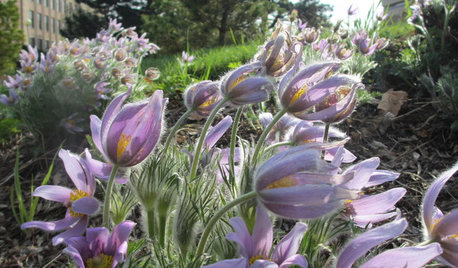
GARDENING GUIDES6 Plants That Beat Butterfly Bush for the Wildlife Draw
It's invasive, a nonnative and a poor insect magnet. Check out these better alternatives to butterfly bush in the garden
Full Story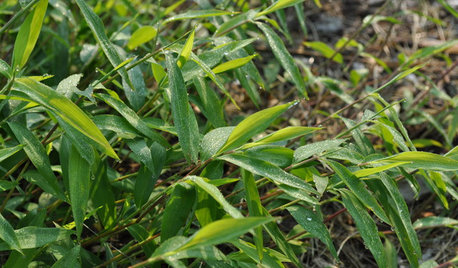
GARDENING GUIDESThe Essential Weed Hit List
Learn how to recognize and control 5 weedy plants that have achieved invasive status throughout the U.S.
Full Story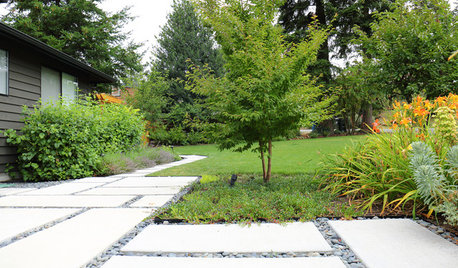
ARBOR DAY10 Trees Landscape Designers Love
In honor of Arbor Day, consider adding a beautiful and beneficial tree species favored by designers around the country
Full Story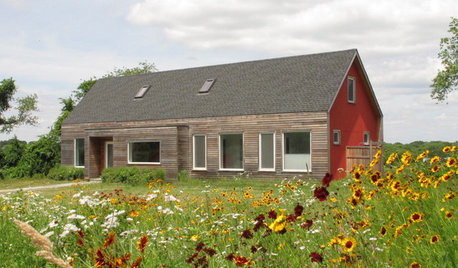
LANDSCAPE DESIGNHow to Design a Meadow Garden Everyone Will Love
Petite grasses or sedges plus flowers make for a manageable landscape that welcomes wildlife
Full Story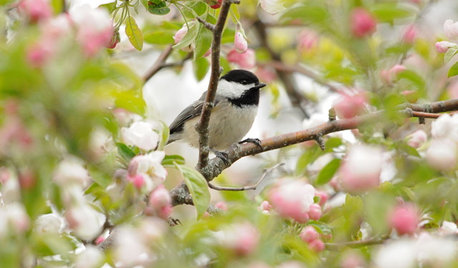
LANDSCAPE DESIGN10 Ways to Make Your Landscape More Environmentally Friendly
From creating wildlife highways to planting pretty pollinators, there are lots of simple ways to be green in the garden
Full Story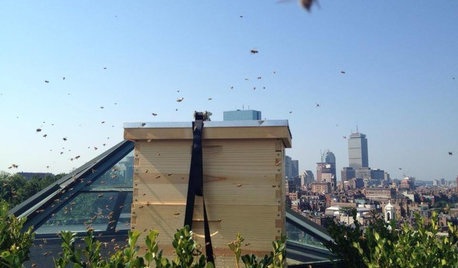
FARM YOUR YARDHello, Honey: Beekeeping Anywhere for Fun, Food and Good Deeds
We need pollinators, and they increasingly need us too. Here, why and how to be a bee friend
Full Story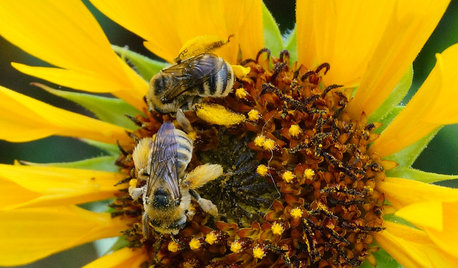
BENEFICIAL INSECTSBeekeeping Without a Hive
Find out how to keep bees and protect pollinators in your backyard
Full Story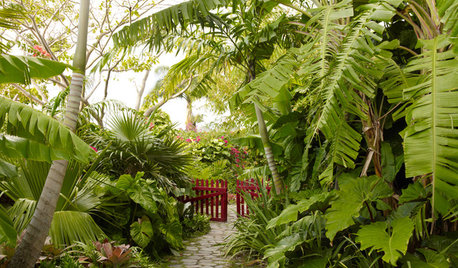
LANDSCAPE DESIGNWild Gardens Bring Excitement and Beauty to Landscapes
Forget what’s expected and ‘fashionable.’ Bold gardens teeming with site-appropriate plants make for a richer experience
Full Story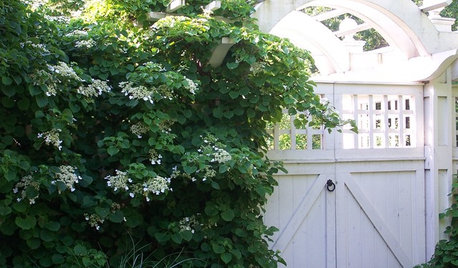
FALL GARDENING6 Deer-Resistant Flowering Vines to Plant This Fall
Have a major deer problem? Here are some of the only vines that have a chance of not being eaten
Full Story
INSPIRING GARDENSInside Houzz: A Waterfront Property Ditches the Grass for a Garden
New drought-tolerant plantings and outdoor gathering spaces help this California backyard take in the view without wasting space or water
Full StorySponsored
More Discussions



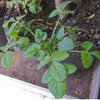
lorisOriginal Author